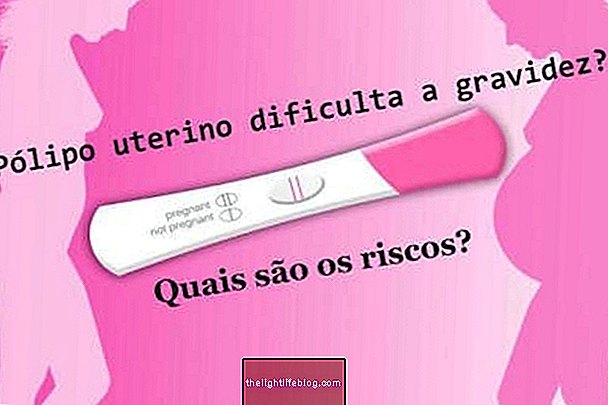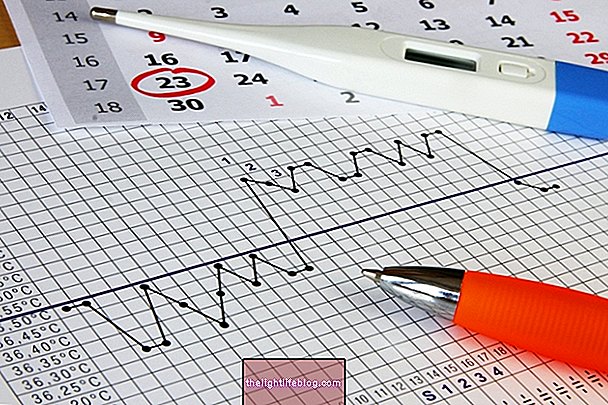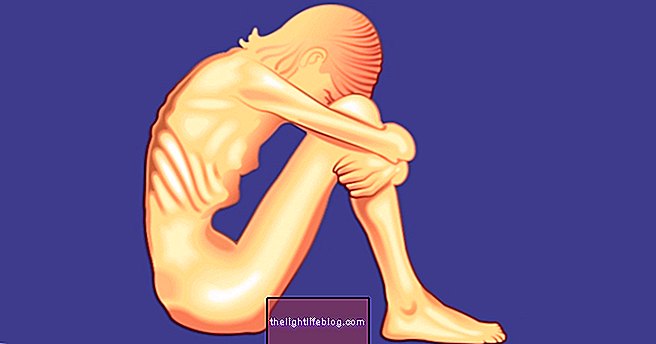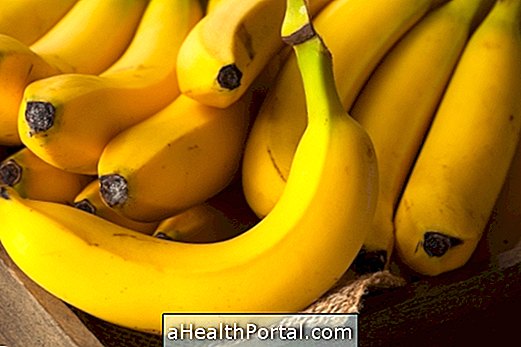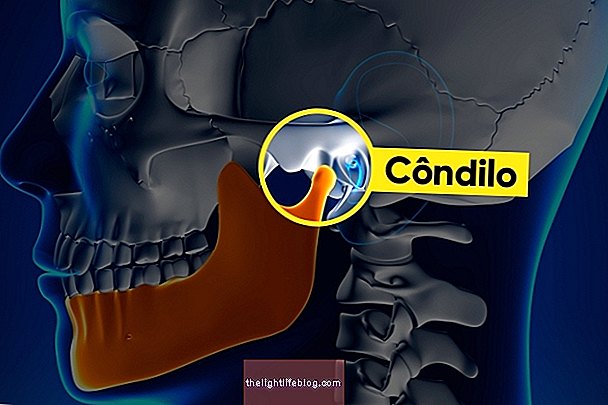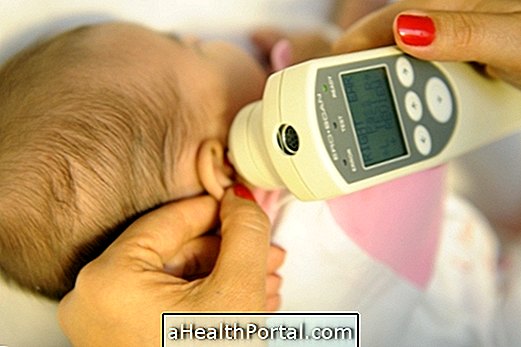Natural contraceptive methods help prevent pregnancy without the use of drugs or devices such as a condom or diaphragm, for example. These natural methods are based on observations of the woman's body and the menstrual cycle to estimate the fertile period.
Although these methods have the advantages of being completely natural and not using hormones, they also have some disadvantages, such as not being fully effective and preventing the transmission of sexually transmitted infections. Learn about the top 7 sexually transmitted infections.
Natural contraception requires no sexual intercourse during a woman's fertile period, requiring knowledge of the menstrual cycle, which can take up to 12 cycles. Currently, some cell phone applications, in which you can enter menstrual cycle, mucus and temperature data, are useful to help estimate the fertile period.

The main natural contraceptive methods are:
1. Calendar or notepad method
The calendar method, also known as the table or Ogino Knaus method, consists of avoiding sexual intercourse during the fertile period. For this, one must calculate the beginning and the end of the fertile period, based on the menstrual calendar.
The calendar method is based on the last 12 periods. Thus, to calculate the fertile period, one must subtract 18 days from the shortest cycle and 11 days from the longest cycle. For example, for a woman whose cycles range from 28 days to 30 days, from day 10 (28 minus 18) to day 19 (30 minus 11) of each cycle, you should not have sex. The greater the variation in menstrual cycles, the longer the withdrawal period.
Women with regulated menstrual cycles have better results with this method, however, it is still an ineffective method for preventing pregnancy.
See how to use the table method.
2. Basal body temperature method
The basal body temperature method is based on the woman's body temperature variation, which may be higher during ovulation. This increase in temperature can reach 2ºC.
It is a simple method, but it requires time and discipline because the woman has to check the temperature every day in the morning, before getting up. To measure the temperature, you can use the analog or digital thermometer and the measurements must be noted to make a graph and, thus, observe the most fertile days, which are the days when the temperature is highest. On these days, the woman should avoid having sex in order not to get pregnant.
This method is not entirely effective because factors such as stress, insomnia, illnesses and even the way in which the temperature is measured, can lead to an increase in body temperature.
3. Cervical mucus method
The cervical mucus method, also known as the Billings method, is based on the observation of vaginal mucus. Right after menstruation, the vagina becomes dry and during ovulation there is production of crystalline, semi-transparent, odorless, and elastic mucus, similar to egg white. The presence of this mucus indicates that the woman is fertile and should not have sexual intercourse from the first day of the mucus's appearance and up to three days after stopping the mucus.
To check for the presence of mucus, a woman should insert two fingers into the bottom of the vagina and analyze the color and elasticity of the mucus.
The mucus method is not very effective, as many conditions, such as vaginal infections, can affect the production of mucus and its consistency. See more about how cervical mucus looks in ovulation.

4. Syntothermic method
The syntothermic method is a combination of the table, basal body temperature and cervical mucus methods. In addition, it takes into account common symptoms during the fertile period such as pain and tenderness in the breasts or abdominal cramps, for example.
By combining three natural contraceptive methods, it can be a little more reliable, yet it is not fully effective and does not prevent the transmission of sexually transmitted infections.
5. Coitus withdrawal method
The withdrawal method involves the man withdrawing the penis from the vagina at the time of ejaculation, limiting the chances of the sperm reaching the egg. However, during foreplay and even before ejaculating, the penis releases mucus that may contain sperm and even without ejaculating in the vagina, pregnancy can occur. In addition, it is necessary for the man to have self-control and know the exact moment when he is about to ejaculate. Still, it takes a lot of confidence from the woman in her partner to use the withdrawal method.
This method has very low effectiveness, in addition to interrupting the couple's intimate moment. Learn more about withdrawal.
6. Ovulation test
The ovulation test is performed with kits that measure the amount of luteinizing hormone in the urine. This hormone is responsible for the maturation of the egg and increases 20 to 48 hours before ovulation. Thus, the test indicates when the woman enters the fertile period, and should avoid sexual intercourse to reduce the chances of becoming pregnant.
The ovulation test can be purchased at pharmacies and is easy to use. Here's how to do the ovulation test.

7. Lactational amenorrhea method
The method of lactational amenorrhea is based on the idea that a woman cannot become pregnant while breastfeeding. This period is also marked by the absence of menstruation, called amenorrhea.
During this phase, the woman is not fertile, and she usually returns to ovulate 10 to 12 weeks after delivery.
The lactational amenorrhea method is not a good contraceptive method, as a woman can ovulate and not notice, mainly because there is no prediction of when menstruation will return to normal. In addition, it is not recommended for women who do not breastfeed.
Was this information helpful?
Yes No
Your opinion is important! Write here how we can improve our text:
Any questions? Click here to be answered.
Email in which you want to receive a reply:
Check the confirmation email we sent you.
Your name:
Reason for visit:
--- Choose your reason --- DiseaseLive betterHelp another personGain knowledge
Are you a health professional?
NoMedicalPharmaceuticalsNurseNutritionistBiomedicalPhysiotherapistBeauticianOther
Bibliography
- FERTILITY APPRECIATION COLLABORATIVE TO TEACH SCIENCE. Billings Ovulation Method. 2017. Available at:. Accessed on 02 Dec 2019
- BREUNER, Cora Collette. Natural Contraception. Adolesc Med. 16. 603-616, 2005
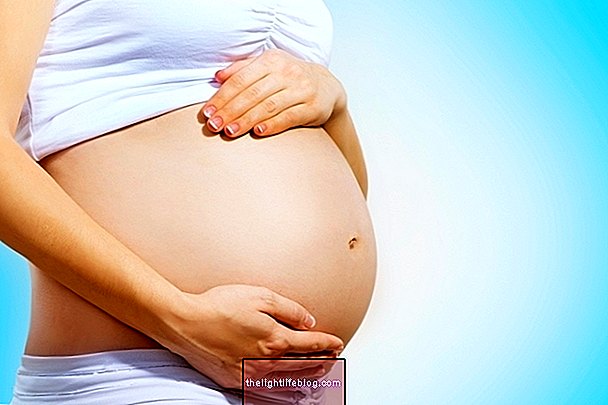
.jpg)

